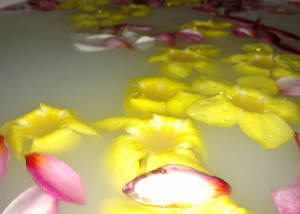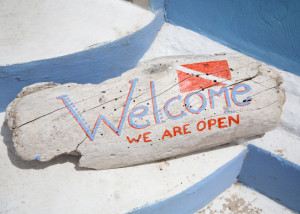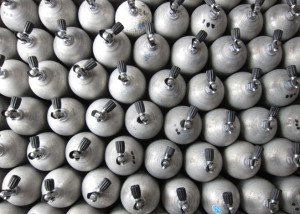An Atmosphere of Luxury in the Philippines
 Begun with the goal to provide the best of everything in one place, Atmosphere Resorts in Dauin offers unequivocal luxury, but with a healthy dose of conscience.
Begun with the goal to provide the best of everything in one place, Atmosphere Resorts in Dauin offers unequivocal luxury, but with a healthy dose of conscience.
The post An Atmosphere of Luxury in the Philippines appeared first on Scuba Diver Life.
An Atmosphere of Luxury in the Philippines Read More »
 If you’d really like to make the leap to managing a boutique dive resort here are some tips to turn your dreams into reality.
If you’d really like to make the leap to managing a boutique dive resort here are some tips to turn your dreams into reality. Here’s a brief review to help you tell your aluminum from your steel and your DIN from your yoke.
Here’s a brief review to help you tell your aluminum from your steel and your DIN from your yoke. Here are four must-dos if you want to command a better salary, build a career and help save the industry all at the same time.
Here are four must-dos if you want to command a better salary, build a career and help save the industry all at the same time. A new generation of high-end mechanical dive watches has hit the market. But are they worth the money?
A new generation of high-end mechanical dive watches has hit the market. But are they worth the money?